After I posted Austin Ramsland’s great checklist for what to do after you’ve been hit, a few people wondered if we could make a portable version. Thanks to the help and suggestions of readers, I found out about PocketMod, a nifty little service that can convert PDFs into handy, wallet-sized booklets.
I downloaded the program but before I spent any time with it, another reader was nice enough to do the work for me (thanks Jason!). He sent me the formatted file, I figured out how to fold it, and voila!…my very own, wallet-sized checklist. Now I just hope if I get hit I’ll be able to see straight enough to read the small print.
Here’s how to make yours:
- Download this PDF and print it out
- Then go here and click “Folding Guide” to view folding instructions (you’ll need Flash Player to view the guide).


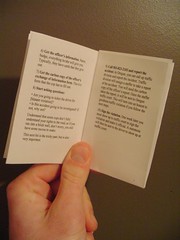
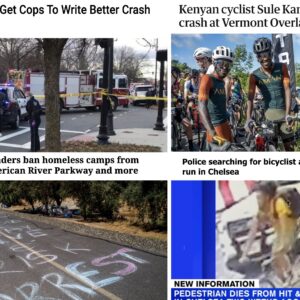
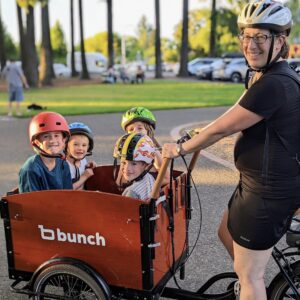
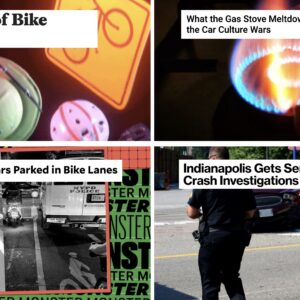
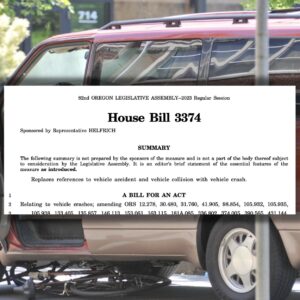
Thanks for reading.
BikePortland has served this community with independent community journalism since 2005. We rely on subscriptions from readers like you to survive. Your financial support is vital in keeping this valuable resource alive and well.
Please subscribe today to strengthen and expand our work.
Very cool! One comment, though. The last three pages are “at home”, after-the-fact stuff. What if that space was fill-in templates for info? The driver’s info, address, insurance; location of incident; witness info; officer badge number; etc.
While those final pages are important stuff, the pocket guide is to ensure you get the immediately important info in a situation where you may not be thinking clearly. Prompts might be more helpful in this case.
If I get off my duff and make a version myself like this, I’ll be sure to send it in.
Thanks for doing this Jason and Jonathan!
That’s a great idea eric! Feel free to lay it out and do it yourself…if you don’t want to host the PDF yourself, send it to me in an email and I’ll post it here for download.
The program is real easy to use, but let me know if you run into any snafus.
First off, nice work everyone! Thanks for the data, the formatting, and the promotion.
Second off, I find that if you print and fold this, you have lots of space inside the sheet to write stuff down. True, your hands are shaky and your vision blurred because you’ve just seen your life pass before your eyes (and if you’re like me, that’s not necessarily a pretty sight).
Third off, a few of us were discussing this at the BTA Crash Team meeting last night, and the key detail that came up was YOU NEED TO KNOW THIS STUFF BEFORE YOU’RE HIT. In other words, the wallet card is really helpful to lean on as a reminder, but you need to be versed in the steps so that you can act quickly to request the driver info, solicit witnesses, etc.
So read up. Paste a (larger-print) copy on the back of your favorite cereal box and review every morning before you start your commute. Print another copy on your beer cozy and apply to your favorite frosty adult beverage as you relax after work. Then *when you need it* the stuff will make sense to you, shaky hand or no.
this guide is a terrific idea, because you could be biking home from a job as a rocket scientist and still be struck utterly dumb by a scary accident.
i’m so lucky the person who hit me was a good guy who’d just made a big, understandable mistake. i’d have just sat on the sidewalk, nursing my smooshed foot and weeping, if the driver hadn’t stopped and offered to drive me to the hospital. of course, it was only when i was in his car that i realized i make it a habit NOT to get in the cars of strange men, yet here was one with that much more motive to ditch me in some undergrowth.
Thanks for your comment Eric. I agree that the last half is really “at home” stuff, but I also think it is the most important and least understood part.
I have been in a handful of accidents, and have only been compensated once. It took seven years.
My thanks to all who contributed to this thread. I created a wallet card and will now carry it with me when I ride. Unfortunately, when my wife was riding to work several years ago and collided with a motorist (NE Flint x Broadway), she and I did not know what to do. I was the only witness to the accident, and although I saw Sheryl stop at the sign, in the end it did not matter because I was (still am) her husband. Long story short, to avoid a drawn-out affair, our insurance company ended up paying the motorist for the damage to her truck and my wife quit riding her bike to work .